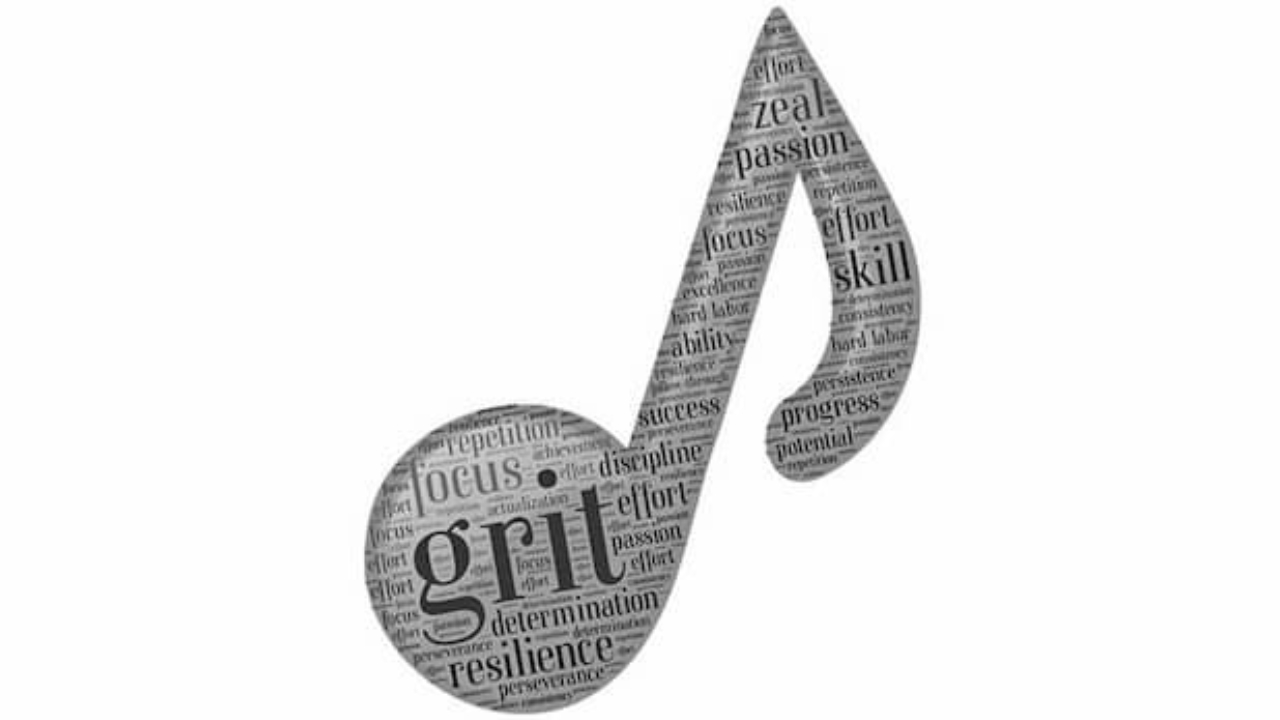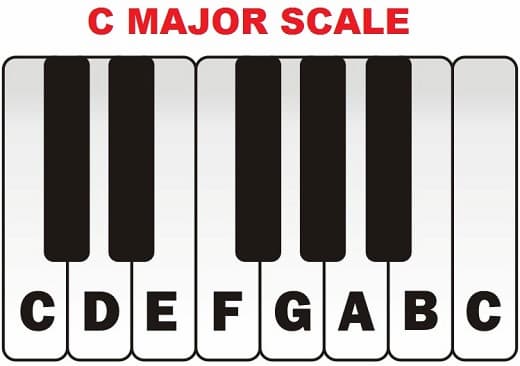3 Best Ear Training Exercises To Boost Your Musical Talent

If you want to become an accomplished and well-rounded musician, it takes more than just talent. In fact, natural talent is only a very small part of what makes a successful musician. In the long run, grit, and commitment to an effective practice routine are much more important than talent.
In music, ear training refers to the process of strengthening your inner ear so that you can begin to recognize and reproduce notes and chords on the fly, without thinking.
Ear training practice for musicians is critical, but many musicians shy away from ear training because they think that it requires extraordinary natural talent to have a good ear. This simply isn’t true! Anyone can greatly improve their musical ear by adding a few simple ear-training music exercises to their regular practice.
In this article, we’ll look at three exercises that you can start practicing today to boost your natural talent by improving your musical ear.
With These Easy Ear Training Exercises, You Can Improve Your Musical Ear.
Not every ear training exercise is created equal. Some—like isolated interval exercises you find online—may seem like they work at first, but in the long run, they will only hold you back and can even harm your musicality. With these exercises, you may find that once you step outside the exercise into a real musical situation, everything you thought you knew goes out the window.
Effective ear training methods are tonal (meaning you practice within the sound of the tonality), step-by-step (meaning you work on one sub-skill at a time and slowly build toward more complex cognitive processes), and are based on real science about how the human brain is able to interpret musical pitch information.
The following three exercises are scientifically proven, tonal-based exercises that any beginner can use to start from scratch with ear training. We laid them out step-by-step, starting with the easiest.

Sing Along to Your Favorite Songs! - Train Your Pitch-Matching Skills
The easiest ear training exercise for a beginner to start with is to simply sing along to music that they love. Singing along to a song requires you to match pitch, which is the basis of all ear training. It’s the simplest ear training task ever! Just singing along to your favorite melody in the car is a great way to improve foundational pitch-matching skills.
If you don’t know whether you are matching pitch or not, ask a friend to listen to you sing along to something. They will be able to tell you pretty quickly whether you are singing the right notes or not.
If you find it difficult to match pitch, start slow and small. Choose a very simple melody like a nursery rhyme and play it very slowly, singing each note after you hear it. With some practice, you will be able to hear a note and repeat it back without thinking about it.

Learn to Sing the Major Scale - The Building Block of Musicality
Many musicians think that scales are something that only classical musicians need to learn, or that only little kids play scales when they are taking piano lessons. Not so! The major scale is the building block of nearly all music. Learning the major scale will train your ear to recognize the pitches within the scale quickly and easily.
To get started learning the major scale, it can be helpful to have access to a keyboard or a keyboard app (you can download these from the app store for free). Start with C major, as it is the easiest to play. Find Middle C on the keyboard, and play all the white notes from there to the next C (eight notes away).
Once you can play it, learn to sing it. At first, you can do this by playing a note and then matching the pitch with your voice. Do not rely on this, though! Soon, you should move on to singing each note first and then checking that the pitch was correct by playing it after you sing it.
Eventually, you should be able to sing the major scale all the way up and down without thinking. Learning the solfeggio for the major scale (Do Re Mi Fa Sol La Ti Do) is a great idea, as it will help you to always know where you are in the scale (Do is always the first scale degree, Re is always second, Mi is third, etc.)

Sing Scale Degrees at Random
Once you can sing the major scale up and down using solfeggio, try picking out notes from the scale at random and singing them. For example, you can start by jumping from Do to all the other scale degrees, going up and down (Do - Re, Do - Mi, Do - Fa, Do - Sol, etc.)
Next, try jumping from Do to a random scale degree (Do - La or Do - Ti). Once you can do this, try jumping from a random scale degree to another scale degree (Mi - Ti, for example, or La - Re). This is quite an advanced skill, so don’t worry if you can’t do it right away! Just keep at it, a little bit at a time and you will see improvement.
This ear training exercise is not like isolated interval training at all. Notice, we are not talking about “major thirds” or “minor thirds.” We are talking about scale degrees, and you should always have the tonality of the scale in your head when doing these exercises. You can center yourself in the tonality by singing the scale up and down before you begin.
It’s extremely important for you to not think about distances and intervals when performing this exercise. You should recall each scale degree by recalling its specific sonic sensation. It can be confusing to understand this, so check this video to understand the concept of “sonic sensation of scale degrees” (also known as key’s colors) in depth.

Why Does Ear Training Matter?
Why is ear training for musicians important? If you are a beginner or are studying music on your own, you may not know about all the benefits that come from having a strong inner ear. And even if you are studying music in a class or with an instructor, you may have brushed off ear training, thinking it was not important, or too difficult to master.
Your inner ear is what allows you to pick up your instrument and play a song without looking at the chords. Your inner ear helps you improvise solos, sing harmonies, and write beautiful melodies. It improves your sight-singing and intonation and helps you to gain an intuitive connection to the language of music so that you can play freely.

How Can Ear Training Help Musicians?
Ear training in music helps musicians move away from rote memorization or relying on their instruments to tell them what a piece of music sounds like. With a strong inner ear, a musician can accurately identify notes and chords on the fly, intuitively, without thinking.
This is an incredibly powerful skill. It not only allows you to improvise, sing in tune, and read sheet music, it gives you the power to deliver amazing musical performances, play easily with other people, and jump into any musical situation with confidence and grace.

Conclusion
Sounds pretty good, right? If you’re ready to train your ear for music, we highly recommend checking out the Use Your Ear method.
Hundreds of musicians have already seen the benefit of our science-based, step-by-step ear training method. Many of our students report seeing huge progress using our method, even when they have failed to achieve results with other courses or more traditional ear training exercises.
In particular, our Relative Pitch Video Course is extremely popular among our students. In this course, you’ll be guided through a step-by-step program built upon science-based techniques and methods. Our course is tailored to your level and designed to be effective no matter where you're starting from. Even if you believe you are completely tone-deaf, you'll be amazed at how much you can improve your musical ear within just a few months, check out our students improvement.
Not sure you’re ready to commit to a full course? No problem! Our Free Ear Training Workshop will give you a taste of what we have to offer, no strings attached. You'll get a better understanding of the concepts behind our method, and you’ll learn and practice effective, actionable exercises that you can start using in your own practice right away and that will be adequate to your current skill level.
The workshop includes clear explanations of the most important scientific findings related to the human brain’s perception of musical pitch. You’ll walk away knowing exactly which exercises to include in an effective ear training routine and what exercises to absolutely avoid.
For those people looking for a private atmosphere and immediate feedback, we also offer 1-on-1 Lessons. Our private tutors are qualified in the Use Your Ear method, and will work with you one-on-one to identify trouble spots, work on advanced skills, give you specific feedback, and guide you through your ear training journey.
Don’t wait to start giving your natural talent the support it deserves! Contact us and get started today.

